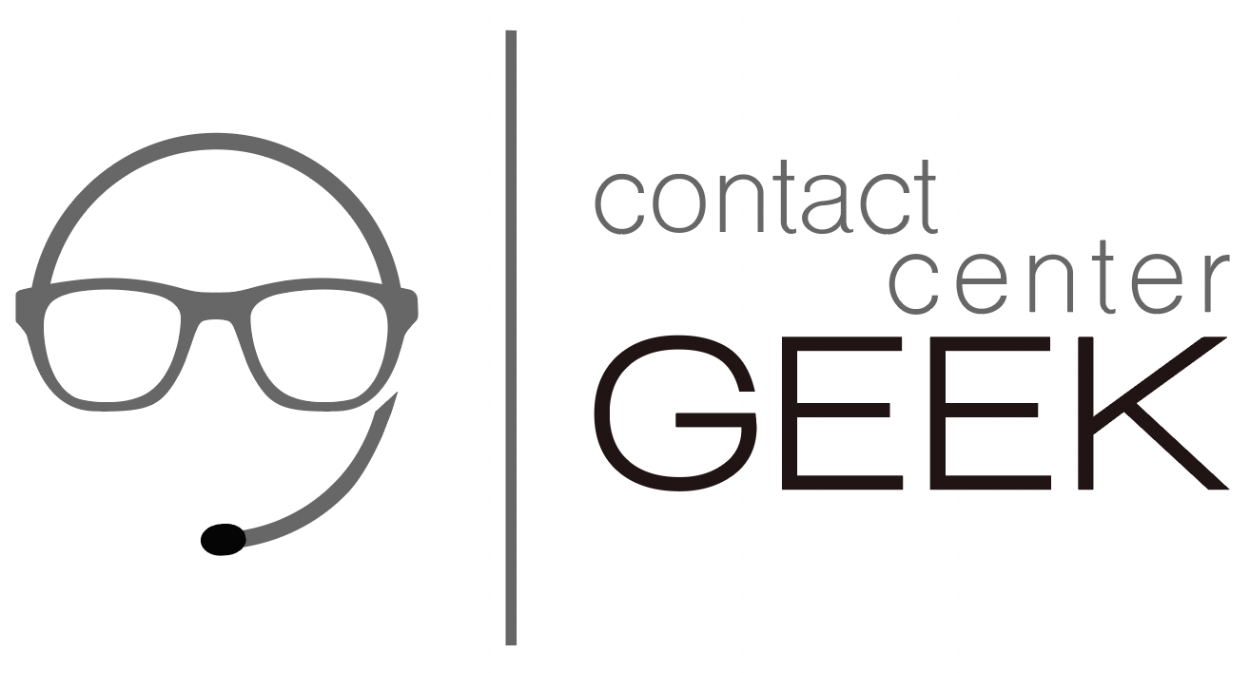The Hexahedron of Quality
Here's a bit of call center humor, in the spirit of Throwback Thursday. And buried in that humor is a lesson that continues to stay with me.
Let me answer your first obvious question. Yes, it is acceptable to do a "Throwback Thursday" post on LinkedIn.
Ok, now let me answer your second obvious question. A hexahedron is a polyhedron with six faces, 12 edges and eight vertices. And it is the geometric shape that inspired a Quality Management program I was part of in 2008. Well, technically, the specific hexahedron we used was a square frustum -- a square pyramid with a truncated apex.
I spent a number of wonderful years at Providian (which became part of Washington Mutual and, ultimately Chase). Throughout my tenure at Providian/WaMu, I was a part of many quality management initiatives. In the good years we were adding new products and growing our call centers as we strived to deliver stellar customer service.
It seemed like every year we focused on a different aspect of our call quality programs and the call center leadership team, turned novice marketers, were always trying to come up with an angle to help sell it across our organization.
In early 2008, and in the spirit of that desire to create a catchy slogan, my colleague, Jeff Gibb, came up the Service Quality Hexahedron, with the tag line: Strong Foundations Don't Need A Top. Jeff led the Quality teams throughout our organization and was a masterful leader in our company. Jeff and I and the rest of the call center leadership team had put together a number of programs through the years, many of which resulted in real improvements throughout our call centers but we realized we were just finding new ways to dress up the same initiatives. Of course, the Hexahedron of Quality was a joke. But it was a fun joke that, years later I realized, taught me to focus more on what results we expected to get from our quality initiatives rather than the marketing and how we would roll it out to managers, their front-line supervisors and their team members.
We built systems to track the most minuscule elements of our calls and looked for ways to tie major points back to slogans and acronyms (who knows what a TLA is?). In hindsight, at times, we were just as good at putting more administrative burdens on our supervisors and confusing our agents as we were at building call quality programs that improved service. I'm proud of the work we accomplished, but also proud of the lessons I learned.
I still call a random call center every day and when I hear something I've never heard before I wonder if the agent is trying to balance helping me with attempting to adhere to a hexahedron of quality.
Article also posted to LinkedIn - linkedin.com/pulse/hexahedron-quality-matt-beckwith

